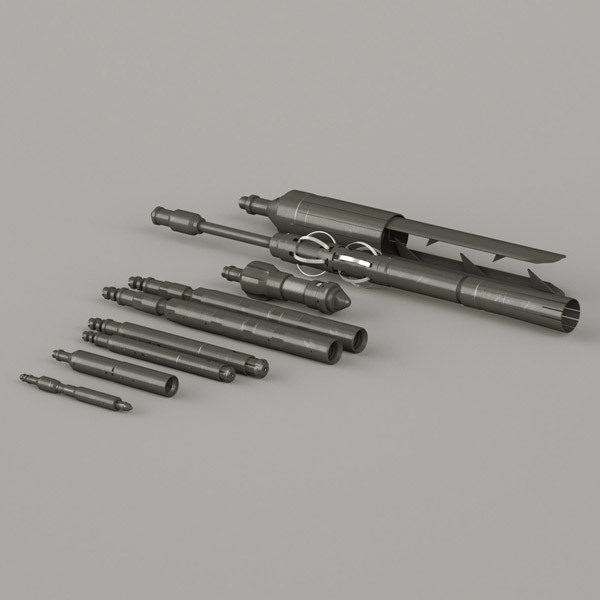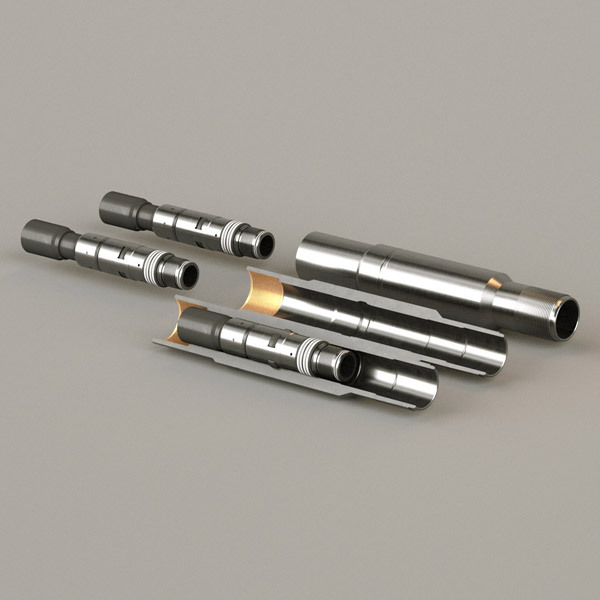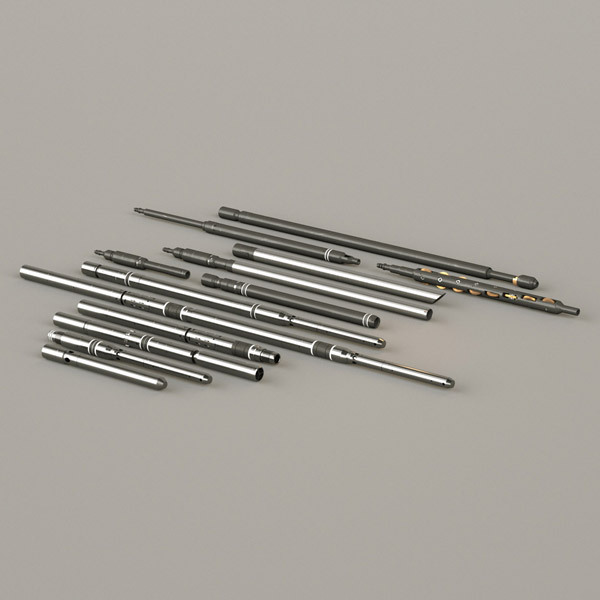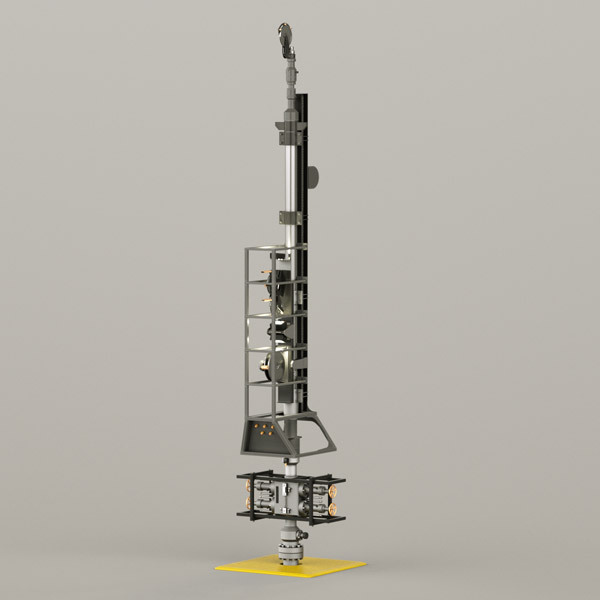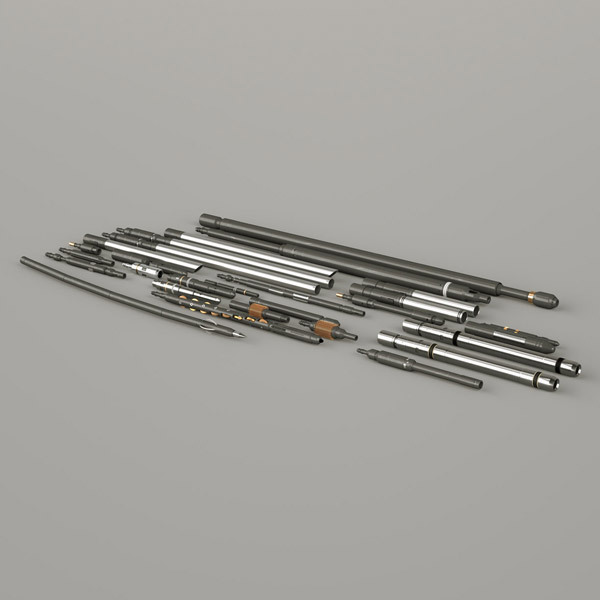Removing Stuck Retrievable Bridge Plug from Wellhead for Major North Sea Operator
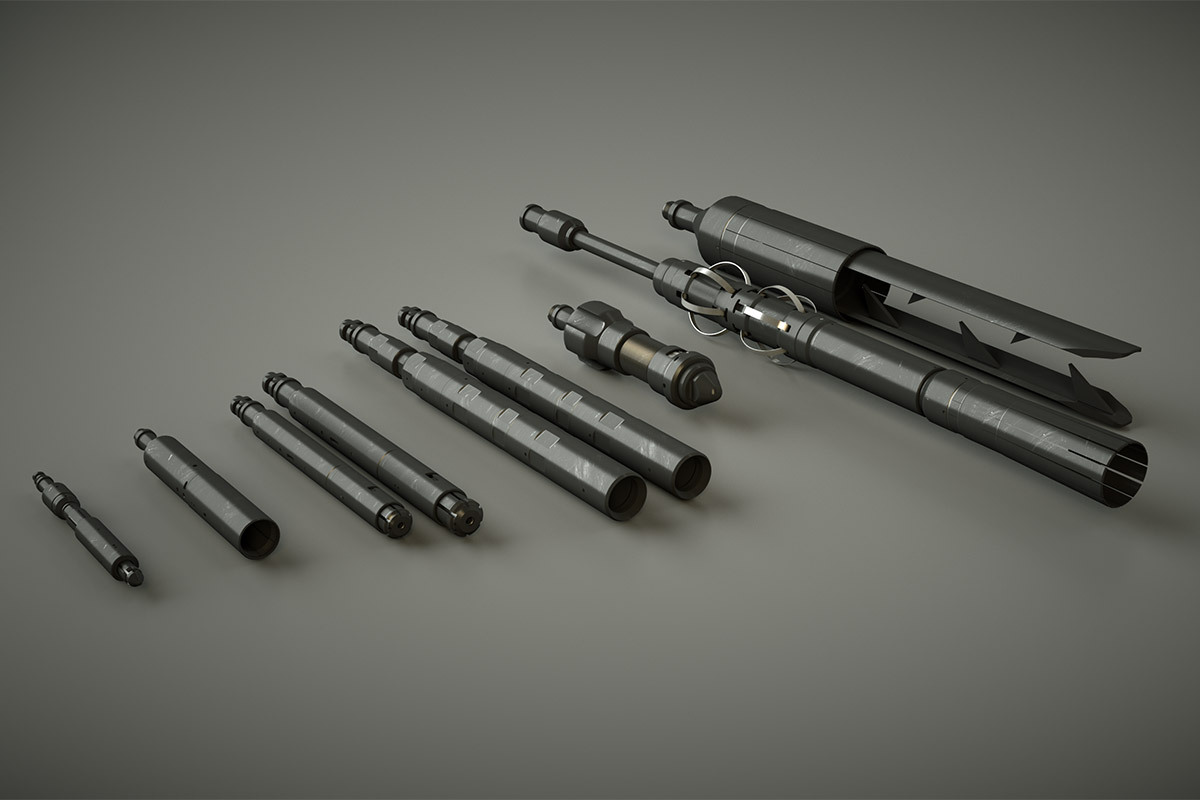
Upon discovery that a 5-1/2” retrievable bridge plug (RBP) could only be retrieved up to TRSSSV depth, Wellvene reviewed the well status and engineered a solution to ensure safe removal of the bridge plug from across the HMV and LMV.
The Challenge: Unretrievable Bridge Plug
Initial attempts to pull the RBP through the TRSSSV proved unsuccessful, resulting in a coiled tubing operation to run a 3.600” diamond-bit burn shoe over the plug body and element down to the slips.
This allowed the fish neck and inner mandrel to be retrieved, leaving the remaining section of the RBP free to move within the tubing at depths below the TRSSSV. Fishing operations were suspended until further notice, and the well returned to production.
At some point during well-flowing operations, the RBP passed through the TRSSSV and was lifted into the Xmas Tree, where it was found to be straddling the Upper (HMV) and Lower (LMV) XT valves, rendering them inoperable. At this time, the swab valve was free to operate and was closed until a further fishing campaign was planned.
A downhole memory camera was run into the 6.375” ID XT Bore and showed the top of the 3.600” RBP sitting approximately 6” below the Swab valve. The images also showed severe damage to the top of the lower RBP section due to damage caused by previous fishing attempts, milling operations, and impacts from being flowed up the well.
Reviewing Well Status and Retrieving the RBP
As part of our workscope, Wellvene conducted a well status review so that we could create an intervention solution that would ensure the safe removal of the RBP above TRSSSV level.
Following this review, we proposed a bespoke Gutter Tray that could be orientated and guided down the side of the RBP to encourage the bottom section to centralise and allow the RBP to move back into the vertical position for free movement downhole. If this approach proved unsuccessful, there was also provision for a Bar Wedge to be installed onto the top sub of the Gutter Tray, which would enter the top of the RBP and encourage movement away from the FWV pocket.
In addition to the Gutter Tray, a Pusher Rod was proposed, adding the functionality of having a depth indicator that could be run into the RBP and measured post-run. This feature would then allow for the Pusher Rod to be cut to the required length for subsequent deployment to stretch out the RBP, relax the slips, and allow for heavy downward jarring to be applied directly to the bottom of the RBP.
A comprehensive SIT using all tool options was performed with the customer at our facility before mobilising the equipment offshore.

Our Approach
- Rigged up and pressure tested the 0.125” slickline.
- Ran a 5.900” LIB and tagged the top of the RBP in the XT. The impression of the top of the RBP was off to the side, confirming that the top was still sitting inside the FWV pocket.
- Ran our Gutter Tray without the Bar Wedge fitted.
- Discovering we were unable to work the Gutter Tray fully down the side of the RBP as depths indicate the bottom of the Gutter Tray was sitting down on the RBP slips, we worked the Gutter Tray at this depth to encourage vertical alignment.
- Ran a 5.900” blind box and tagged the top of the RBP in the XT, jarred down and worked the RBP free, continuing to RIH with the blind box and tagging the XT hanger, confirming the RBP was clear of the XT.
- Function and integrity tested the HMV and LMV to ensure wellhead integrity was reinstated.
- Ran a 3.725” LIB to find the RBP hang up at 10,564ft mdbrt (deepest 5-1/2” side pocket mandrel within completion). An impression and POOH were taken, showing that the top of the RBP was off to the side of the LIB with signs of a foreign object/debris.
- Function and integrity tested the TRSSSV, ensuring full well integrity was reinstated.
- Ran a 3.500” magnet to recover the remaining part of the RBP body lock ring sleeve and half of the main mandrel. It was evident that the main mandrel had been broken in two at the position of the slips during previous fishing attempts.
- Ran a 3.500” magnet to get overpulls on depth, but nothing was recovered on the magnet.
- Ran a 4.300” LIB and received an inconclusive impression in the middle of the LIB. The impression was interpreted as possibly being one of the split rings that would now be exposed and could be sitting loose.
- Rigged down the 0.125” slickline and rigged up 7/32” braided line.
- Ran Claw type and Alligator type Grabs, but we were unable to recover anything.
- Ran modified wire grabs, wire spears, and wire brushes to try and dislodge the obstruction.
- Ran the Wellvene Pusher Rod, but we were unable to get inside the RBP.
- Additional magnet and LIB runs were also made between these runs.
The Solution
After reviewing LIB impressions and receiving a detailed dimensional schematic of the SPM, it had become evident that there was a high possibility that the SPM was orientated low side and that the top of the RBP was sitting in the larger ID mandrel body above the side pocket tool discriminator.
Sitting in this position, fishing BHAs would be unable to orientate and access themselves inside the RBP. Therefore, the decision was made to suspend fishing operations and rig down from the well to review the operation and design engineer further fishing BHA’s that could be manipulated within the SPM. The fishing operation was completed with zero recordable safety incidents or lost-time incidents.
